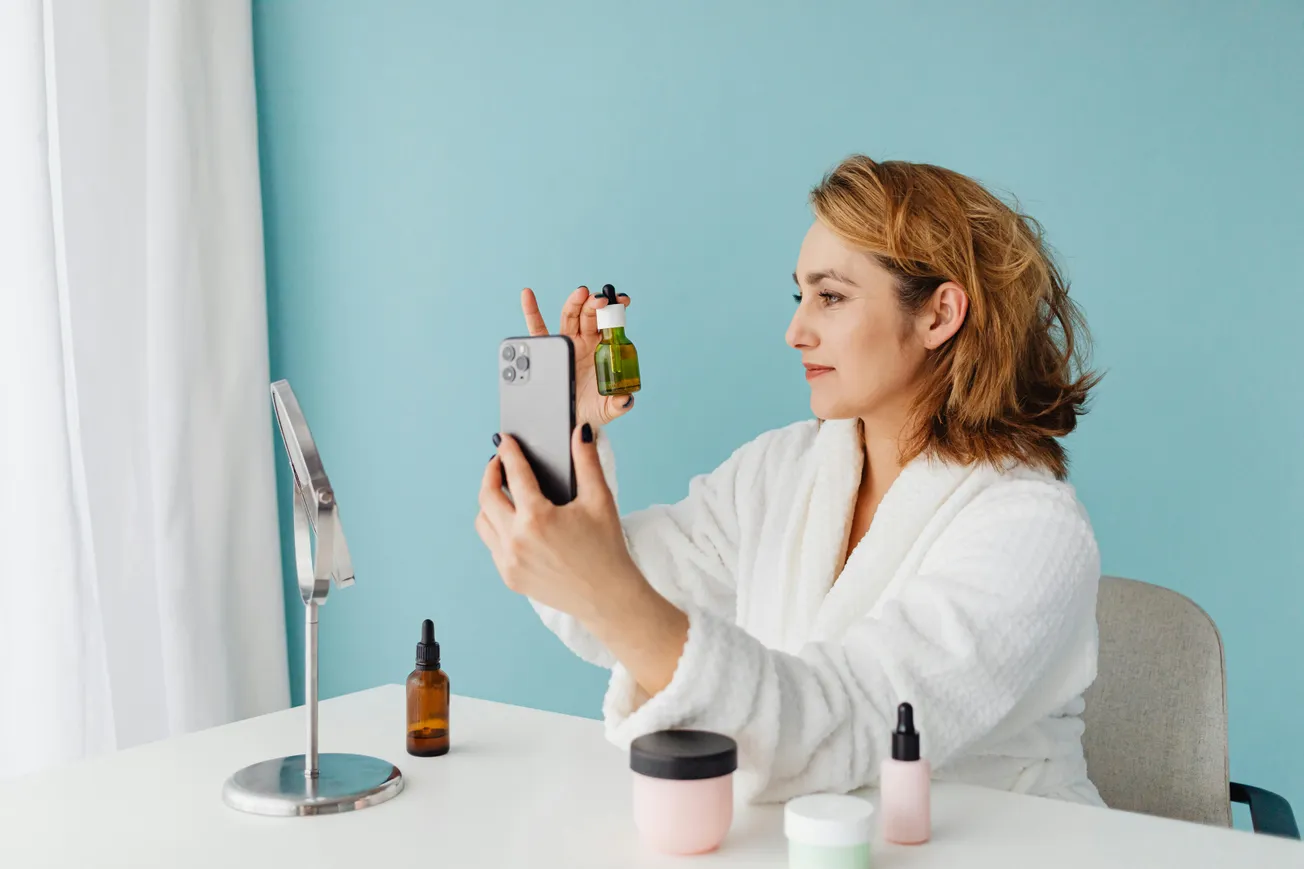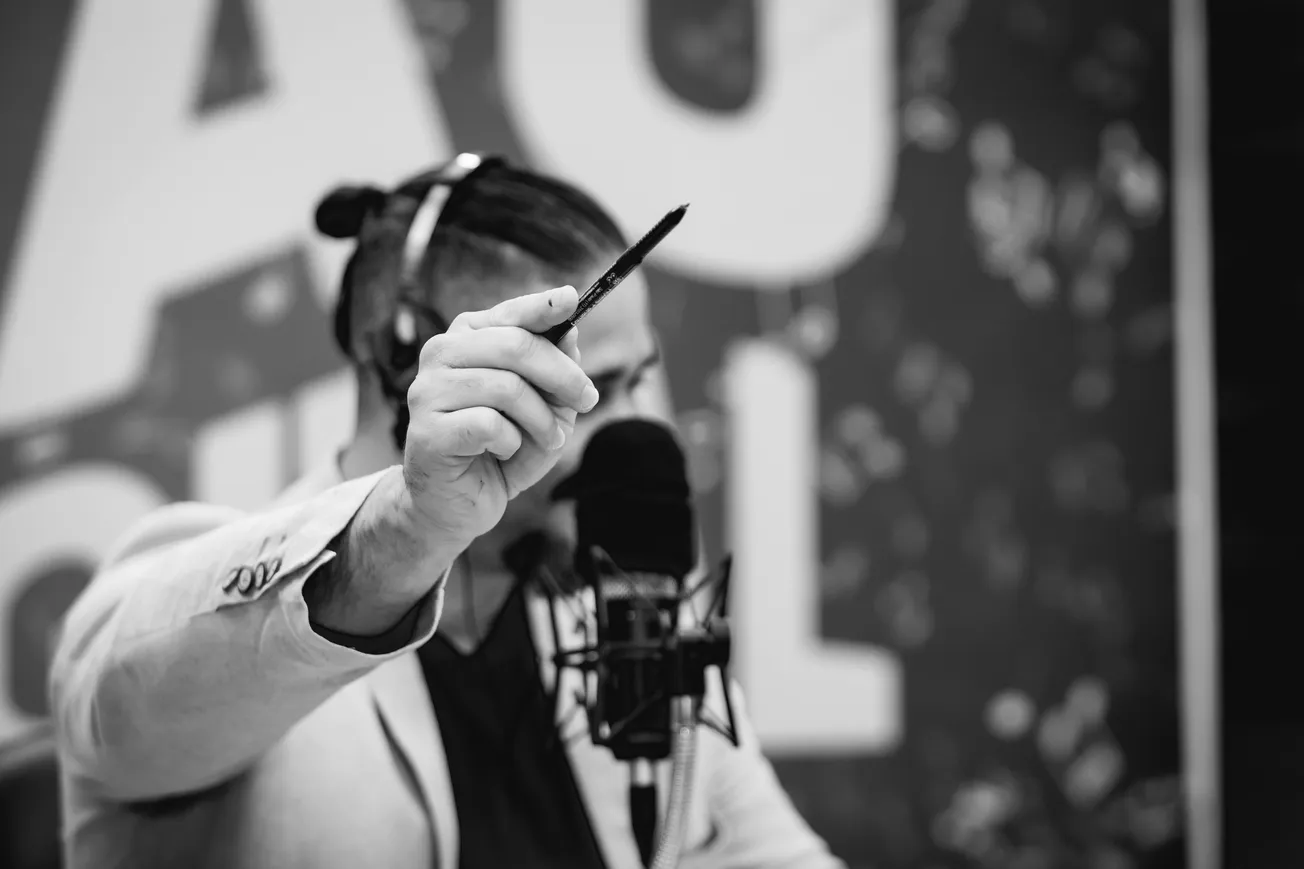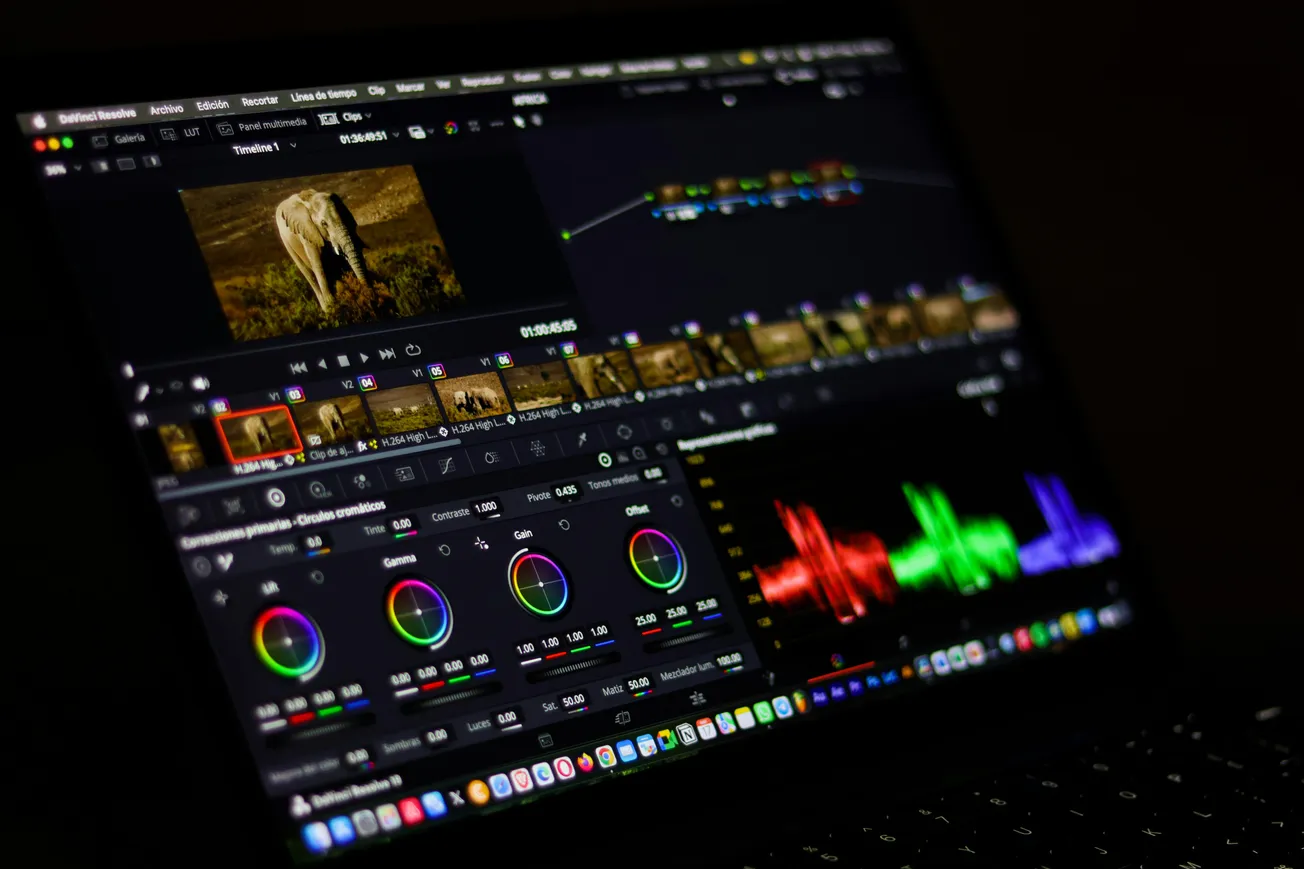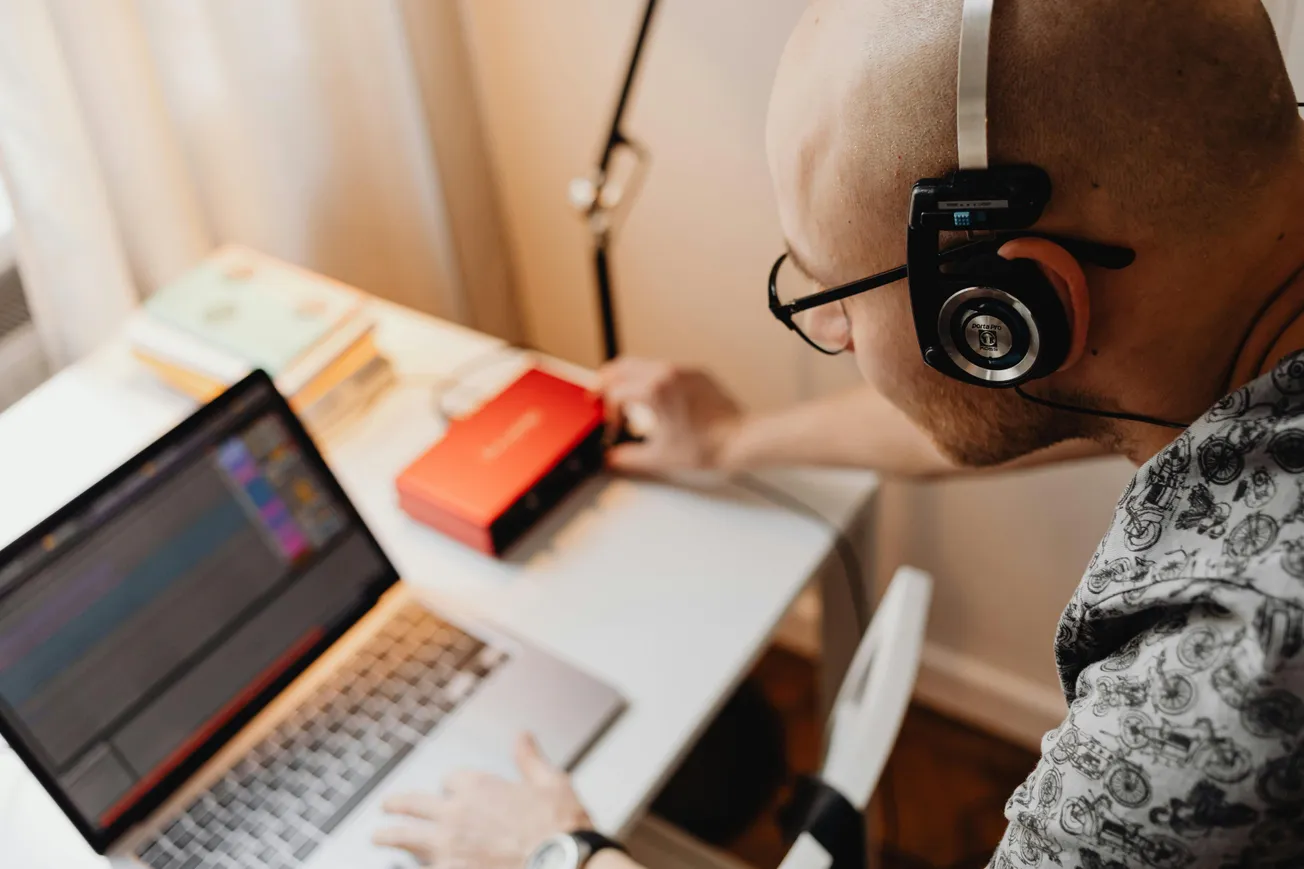Many creators dream of going from influencer to product founder, but the recent experience of the beverage brand Prime Hydration — co‑founded by influencers Logan Paul and KSI — shows that launching your own brand is far from a guaranteed win.
According to reporting by Business Insider, opting for founder status rather than royalty or commission deals can bring huge upside but also heavy risk.
What happened with Prime Hydration
Prime burst onto the scene in its first full year with roughly $1.2 billion in sales, becoming a cultural sensation. Yet momentum faltered. In one key market, sales dropped about 70 % from £112 million (~$149 million) to £33 million (~$44 million).
Moreover, Prime’s founders opted for large equity stakes instead of royalty payments — which meant high potential payout, but no guarantee of cash‑flow while building.
Why this matters for creators and businesses
- Big audience ≠ business immunity. Even with millions of followers, running a product brand means navigating inventory, supply chains, marketing, legal/regulatory issues and sustained promotion.
- Royalties + marketing fees = less risk. Instead of taking full founder risk, creators may be better‑served by negotiating royalties (a cut of sales) plus marketing fees for product collaborations. That ensures income rather than just potential upside.
- Brand momentum is fragile. What’s hot today may fade quickly. Prime’s drop in UK sales is a clear indicator. If a founder stops promoting, or the social buzz wanes, the business can suffer dramatically.
- Business operations matter. Making a product brand work requires more than being an influencer — you need operational infrastructure, supply‑chain resilience, market differentiation, ongoing brand investment and scale.
- Timing and exit strategy are key. If your plan is “build brand, sell for big payday,” you’re counting on ideal market conditions, a buyer or IPO — none of which are guaranteed.
Takeaways for content creators and small businesses
- If you’re a creator or business thinking of launching a product line: consider pursuing a hybrid model: negotiate marketing fees + royalties, keep founder equity small, mitigate downside risk.
- Focus on what you do best: content production, audience growth, storytelling. Partner with a brand that has operational infrastructure, or licence your brand rather than building from scratch.
- Build for sustainability: choose products aligned with your audience, ensure you can consistently promote, and be realistic about lifespan of social‑buzz.
- Monitor key metrics: beyond launch hype, look at repeat purchase rates, moat against competition, margin structure, and how reliant the business is on influencer promotion.
In short: launching your own brand is tempting and can score big wins — but for most creators and small businesses, it may make more sense to stay in content + collaboration mode, and only shift into “founder mode” once you’re confident you have the operations, audience stability and financial cushion to support product‑business risk.






